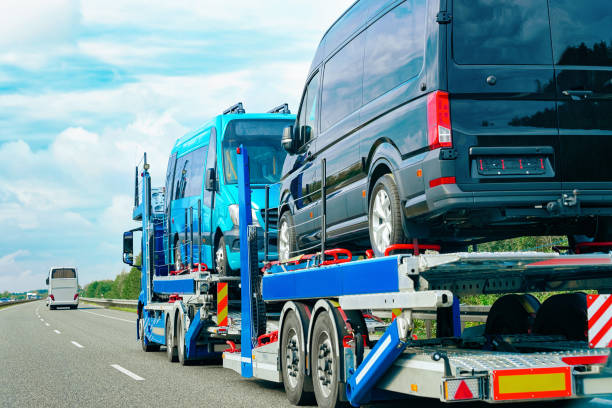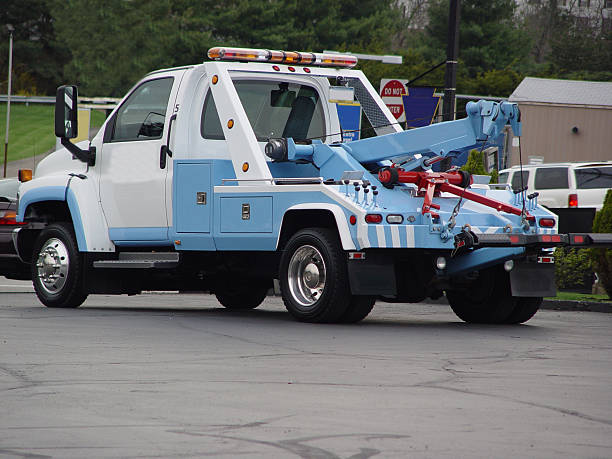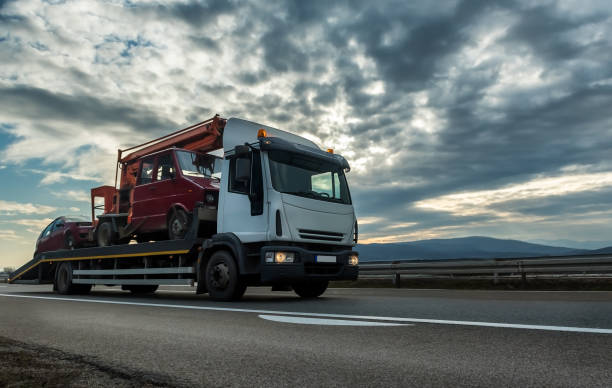If you ever find yourself in a situation where your car needs to be towed, it’s important to know how the process works. This is especially important if you have roadside assistance built into your auto insurance policy.
DCA licenses private companies that tow cars that block driveways, are parked illegally on public or private property or have broken down. Towing companies must abide by maximum legal rates for hook-up and per mile price fees.
The Tow Truck

Owning a vehicle comes with a lot of responsibility. From regular shop visits to making sure your car registration is up to date, there is a lot that goes into the maintenance of your car. That’s why it’s important to have a trusted tow truck company that you can call on when the time comes.
Tow trucks are powerful vehicles that look like they’re ready to haul anything. They have a flatbed that’s designed to carry vehicles on top of it. They also have a mechanical system that can angle the bed, much like a ramp. Then, the tow truck can maneuver the vehicle onto the flatbed and secure it.
The most common tow trucks are flatbed tow trucks. These tow trucks have a flatbed with a space on top of it that can be driven over by a vehicle being towed. Other types of tow trucks include boom trucks, which use a hydraulic arm that can lift a car off the road or into the air.
The Bracket System
Many tow trucks use a bracket system that essentially uses pins and steel beams to fit the car being towed. This method of towing is generally seen as the safest and most efficient option for all parties involved. This is why it is such a standard method used today.
If a tow truck driver knows what they are doing, they can hook up to a vehicle in less than a minute using this method. This is much faster than a hook and chain or flatbed towing truck that requires more manual labor and more parts.
It also helps that this method is more affordable to consumers. However, DCWP should address the alleged consumer issues with rates for this service rather than adding further regulations to an industry that is already over regulated. This would help the tow truck operator and the customer alike. If not, the tow truck industry will continue to struggle. Regardless, it is still an important part of the community.
The Flatbed

In this case, the tow truck will pull up a few car lengths away from your vehicle and then use a mechanical system to angle its flatbed like a ramp. Once it’s ready, a cable that comes from a hydraulic winch will then be used to pull your vehicle onto the flatbed and then powered back into its horizontal position for safe transportation.
While the flatbed method of towing San Jose may require more time than bracket systems, it’s also generally far more secure for your vehicle. This is especially true if you’re transporting something that’s high-end, like a classic or luxury vehicle. Other towing methods can risk damage to these types of vehicles’ drive trains if they’re pulled by their wheels while in motion.
Additionally, the flatbed is much easier to load and unload than other towing options, which can be more labor-intensive for the tow truck driver. This makes flatbed towing an ideal choice for drivers who need a quick and effective way to haul their vehicle.
The Yolk
The yellow internal part of an egg that supplies food for a developing embryo. Also known as the embryonic yolk, it is surrounded by the albumen and nourishes the developing young animal.
Conclusion:
The tow truck driver maneuvers the wheels of the car into the steel brackets, which are called “the yolk.” Once the vehicle is fit evenly between the brackets, the solid metal pins are lowered through the wheel and into the car, and they are locked in place. This is the most efficient way to tow a car, and it’s also safe for both the tow truck driver and the owner of the vehicle being towed. An experienced tow truck driver can do this whole process in under a minute. It takes a lot longer to connect chains or hooks by hand.

